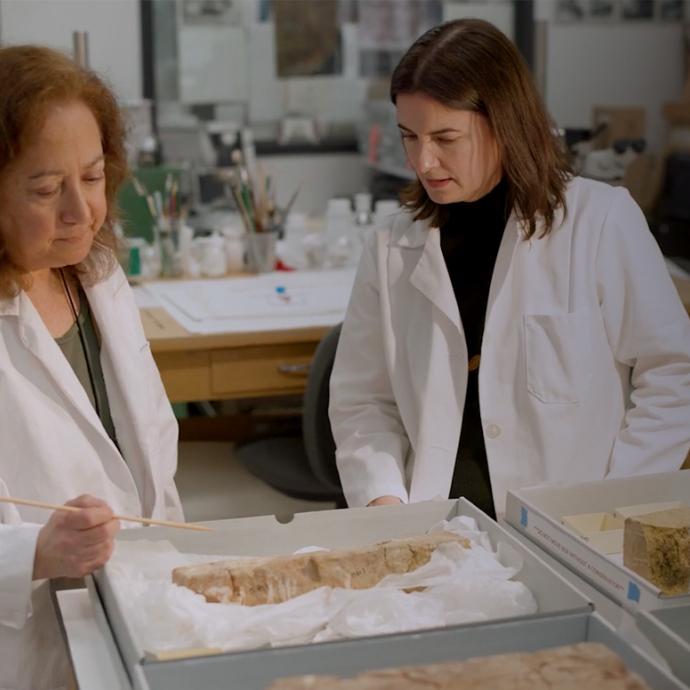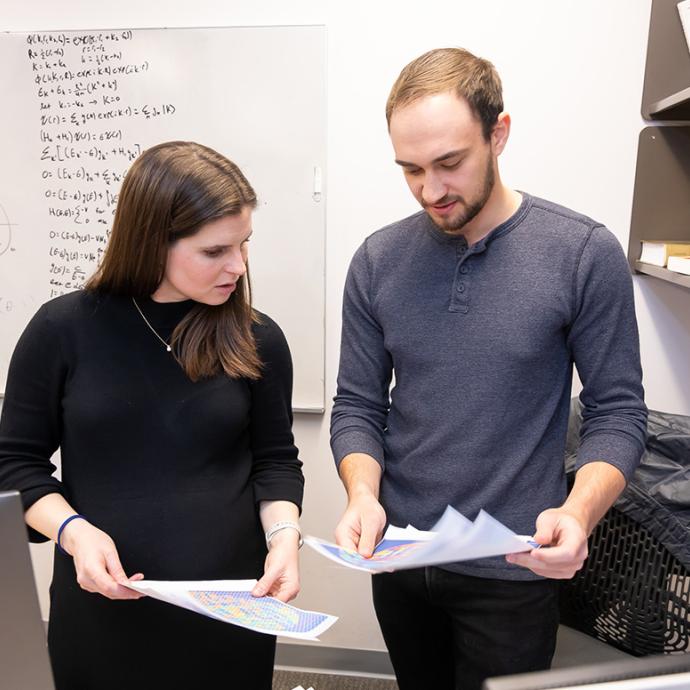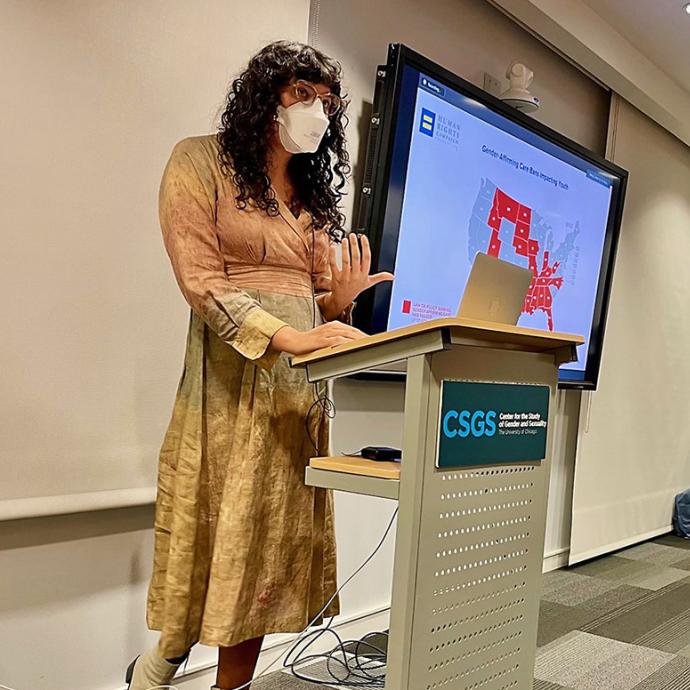Although the federal government’s 1996 reform of welfare brought some improvements for the nation’s poor, it also may have made extremely poor Americans worse off, new research shows.
The reforms radically changed cash assistance—what most Americans think of as ‘welfare’— by imposing lifetime limits on the receipt of aid and requiring recipients to work. About the same time, major social policy reforms during the 1990s raised the benefits of work for low-income families.
In the wake of these changes, millions of previous welfare recipients, largely single mothers, entered the workforce. At the same time, welfare has become more difficult to obtain for families at the very bottom, who often have multiple barriers to work. As a result, in the new welfare system, the working poor may be doing better while the deeply poor are doing worse.
Marci Ybarra, assistant professor at the School of Social Service Administration at the University of Chicago, and lead author H. Luke Shaefer, assistant professor at the University of Michigan School of Social Work, explore the changes in a new paper, “The Welfare Reforms of the 1990s and the Stratification of Material Well-being among Low-income Households with Children,” published in September in Children and Youth Services Review.
They compare trends in the material well-being of deeply poor families—those with incomes below 50 percent of poverty ($11,500 for a family of four in 2012) — with those of near poor families—those with incomes between $23,051 and about $34,500. They find that while aid has increased to near poor families, the deeply poor have seen a significant decline in aid.
“This is the first study to use nationally representative survey data to compare the material hardships of deeply poor households with children to other low-income groups of lower-income households with children, before and after the 1990s welfare reforms,” Ybarra writes. The scholars studied data from the Census Bureau’s Survey of Income and Program Participation from 1992 to 2005 to determine how the deeply poor fared compared to the near poor. They found:
- While the amount of public aid received by deeply poor households fell dramatically, it increased substantially for near poor families, particularly through expansions of the Earned Income Tax Credit, a benefit that reduces income taxes for certain people with low or moderate wages.
- Among deeply poor households with children, 48 percent reported in 2005 they did not have enough money to cover most of their essential household expenses, compared with 45 percent in 1992 and 37 percent in 1995.
- In contrast, among near poor households with children, 30 percent reported in 2005 that they had difficulty meeting their household expenses, down from 37.9 percent in 1992.
- Even among deeply poor households, 41 percent of household heads were working in 2005. But this is well below the proportion for near poor households, in which 88 percent of household heads work. This may be because household heads among the deeply poor were more likely to report a work-limiting disability.
Among deeply poor households with children, a rising proportion are surviving on virtually no income—$2 a day or less in any given month, according to a companion study released by Shaefer and Kathryn Edin, professor of public policy and management at Harvard University. In fact they found that 1.46 million households with children fall under this metric, used to measure poverty in developing nations.
Among deeply poor households with some income, it largely comes from work, gifts from families and friends, and what remains of cash assistance. Ybarra and Shaefer report that while only 15 percent of the deeply poor receive cash assistance, nearly 60 percent of the deeply poor get food stamps and 30 percent get a housing subsidy.
Ybarra argues that the results of this study “should prompt policymakers to be more aware of the income diversity among the poor and the ways in which policy may increase stratification among the poor. Social workers as well need to be aware of the variety of forms poverty takes so that supports they offer can be consistent with the needs of the clients they serve.” She added that “material hardship has likely increased for low-income families, particularly the poorest, in light of the Great Recession.”
The research, conducted at the University of Michigan while Ybarra was a postdoctoral fellow, was supported by the Department of Health and Human Services, the Ford Foundation, and the National Science Foundation.










 —Prof. Chuan He
—Prof. Chuan He
